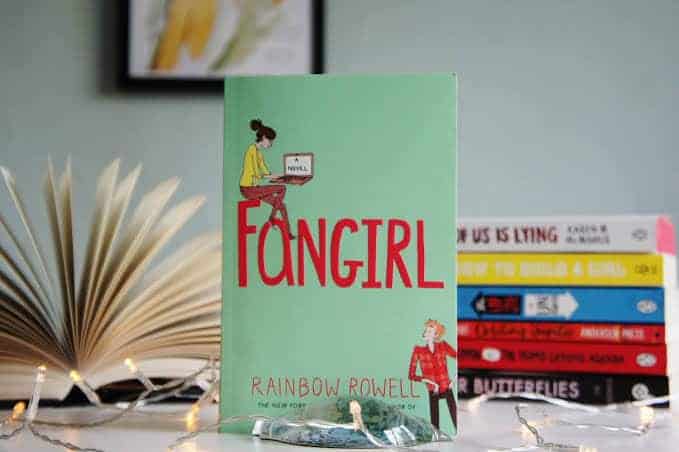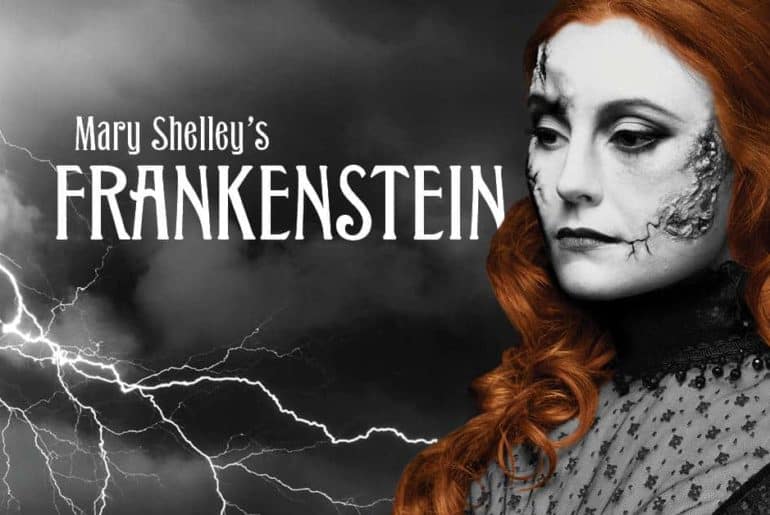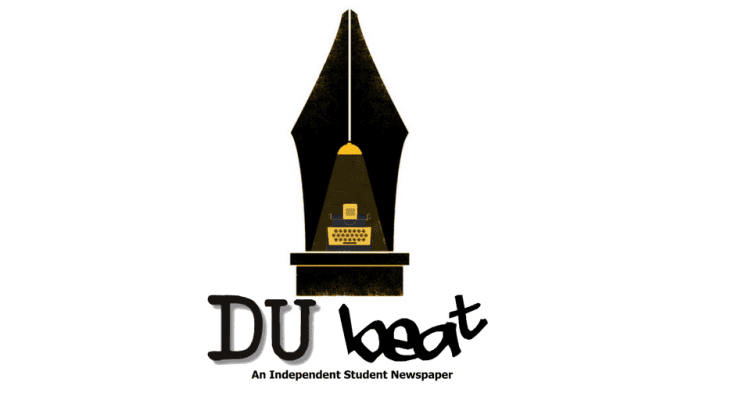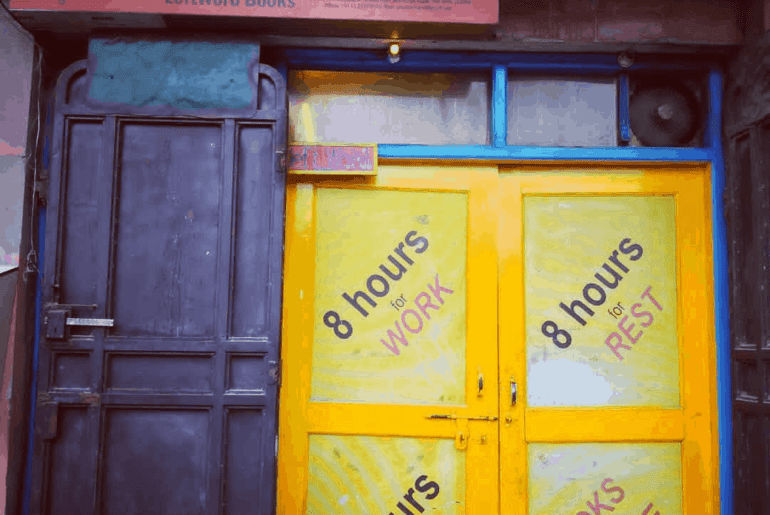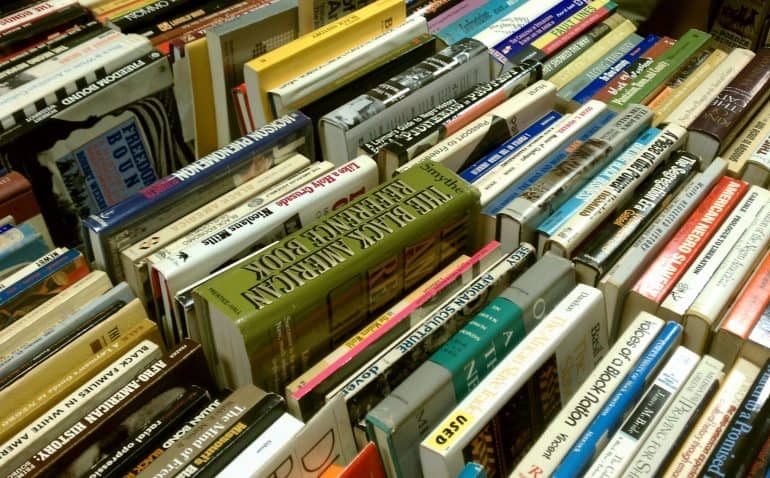Read our correspondent’s opinion on the book Fangirl.
Fangirl is a coming–of–age story of two twins who grew up in the world of online fandoms. The protagonist, Cath, assisted by her twin Wren is one of the most successful fanfiction authors on the web based off of their favourite books. Wren and Cath had done everything together, owing to the absence of their mother in their lives growing up, until now. Moving out to university in Nebraska, Wren does not wish to be roommates with her twin and the decision proves difficult for Cath who has evolved into an introvert, being overly attached to Wren- her best friend and only link to a social life. Now being separated from her only source of comfort, Cath must face the life of a freshman in university, dealing with anxiety, a rude, eccentric roommate and hyperactive Levi, the guy who just won’t leave her alone.
Every chapter begins with excerpts from not only Cath’s fan fiction but also the “canons” from the Simon Snow books, which she is so intricately and deeply in love with. Through her writing, Cath can express things she can’t in real life, where she’s extremely reclusive and socially inept. Wren was the only one able to link with Cath and her parallel realities, but now she seems uncaring in her own party-life. Shaken, Cath finds solace in the company of Levi, and the emergency dance parties with him.
More than anything, the book proves to be extremely relatable. An easy, laidback yet creative and funny writing style aptly complements the fresh narrative layered with empathy, emotion and understanding.
I’d wave my hands around and make noises to make everyone read this absolutely delightful yet a book that makes you think. It made all the emotional goosebumps and the teary-eyed reading and the big sighs happen for me as a reader. I so identified with Cath, with her determination, her directness and her fear of being a part of a world which was far from reality but brought her peace and ease when nothing else could.
So, fan-people, grab your copies today and let’s get that emergency dance party going.
“Cath felt like she was swimming in words. Drowning in them, sometimes.”
– Rainbow Rowell, Fangirl
Feature Image Credits: Thoughts of a Bibliophile
Bhavya Pandey

